10 Best Herbal Tinctures For Lower Back Pain
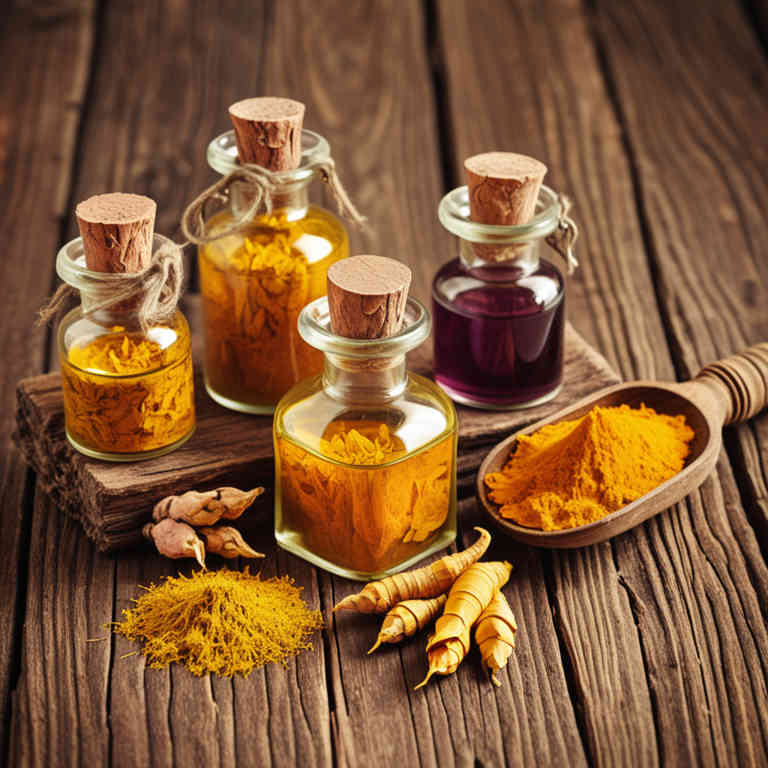
Herbal tinctures have gained popularity as a natural alternative for managing lower back pain, offering a blend of traditional herbal remedies with modern extraction techniques.
These tinctures typically contain potent herbs such as turmeric, willow bark, and ginger, which are known for their anti-inflammatory and analgesic properties. They work by delivering concentrated herbal extracts directly into the bloodstream, allowing for rapid absorption and targeted relief. Many individuals prefer tinctures due to their ease of use and customizable dosing, making them a convenient option for long-term pain management.
However, it is important to consult with a healthcare professional before using herbal tinctures, especially if you are on other medications or have underlying health conditions.
FREE COURSE
How to make medicinal herbal tinctures for common ailments at home and in a weekend (using the Healing Drops System).

Table of Contents
1. Cnicus benedictus
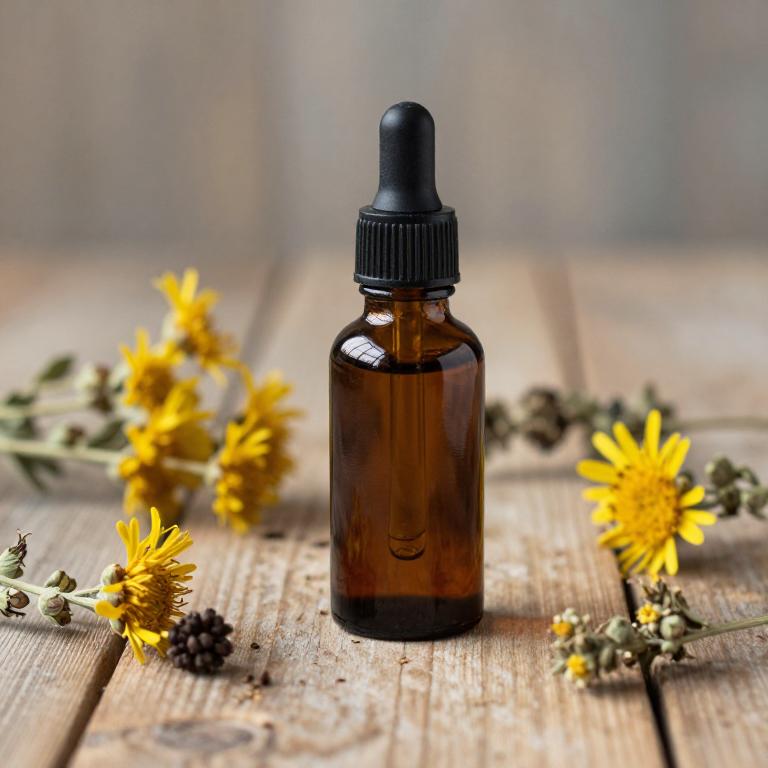
Cnicus benedictus, also known as blessed thorn, is a traditional herbal remedy that has been used for centuries to alleviate lower back pain.
Its tincture form is prepared by soaking the dried plant in alcohol, allowing the active compounds to be extracted for therapeutic use. The herb is believed to possess anti-inflammatory and analgesic properties, which may help reduce pain and inflammation in the lower back. Some studies suggest that Cnicus benedictus may support muscle relaxation and improve circulation, potentially aiding in the relief of chronic back pain.
However, it is important to consult with a healthcare professional before using this tincture, as it may interact with certain medications or have side effects in some individuals.
2. Equisetum arvense
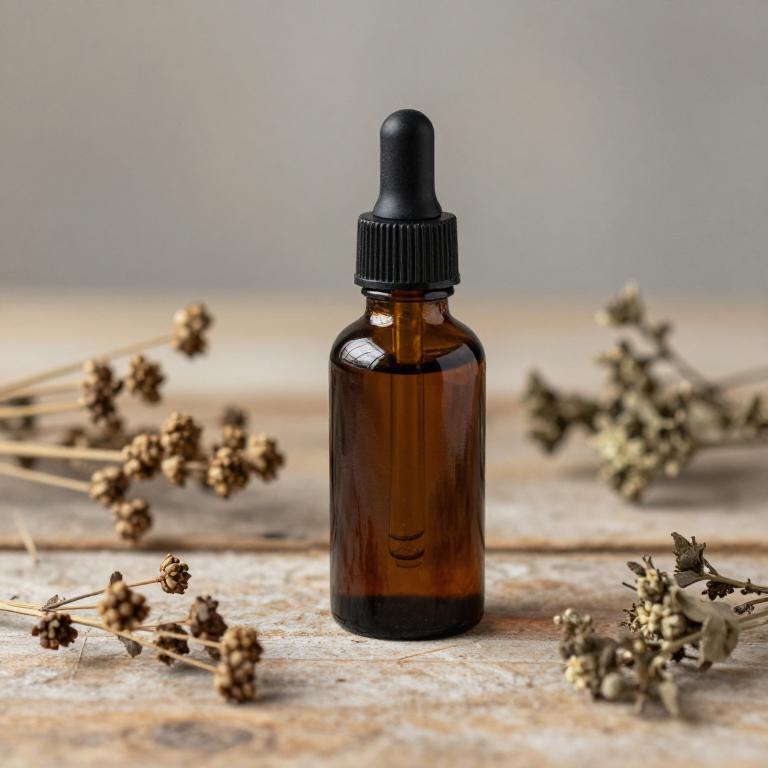
Equisetum arvense, also known as horsetail, is a traditional herb used in herbal tinctures to support joint and muscle health.
Its high concentration of silica and other minerals is believed to help reduce inflammation and promote tissue repair, making it a potential remedy for lower back pain. When prepared as a tincture, Equisetum arvense is typically taken orally in small doses, often combined with other herbs to enhance its effects. While some studies suggest its potential benefits for musculoskeletal conditions, more research is needed to confirm its efficacy and safety for chronic lower back pain.
As with any herbal remedy, it is advisable to consult a healthcare professional before use, especially for individuals with existing health conditions or those taking medications.
3. Arnica montana
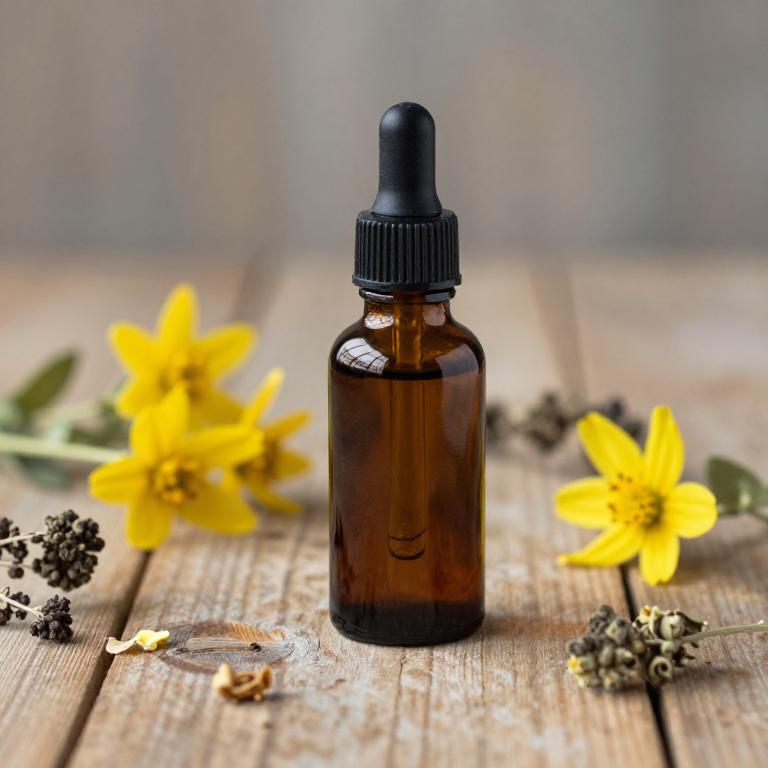
Arnica montana herbal tinctures are commonly used for their anti-inflammatory and pain-relieving properties, making them a popular natural remedy for lower back pain.
These tinctures are typically made by soaking the dried roots and rhizomes of the plant in alcohol, which extracts its active compounds such as helenalin and other sesquiterpene lactones. When applied topically to the affected area, arnica montana tinctures can help reduce swelling, bruising, and muscle soreness associated with lower back pain. However, it is important to note that arnica should not be ingested and may cause skin irritation in some individuals.
As with any herbal remedy, it is advisable to consult with a healthcare provider before use, especially for those with sensitive skin or underlying health conditions.
4. Hypericum perforatum
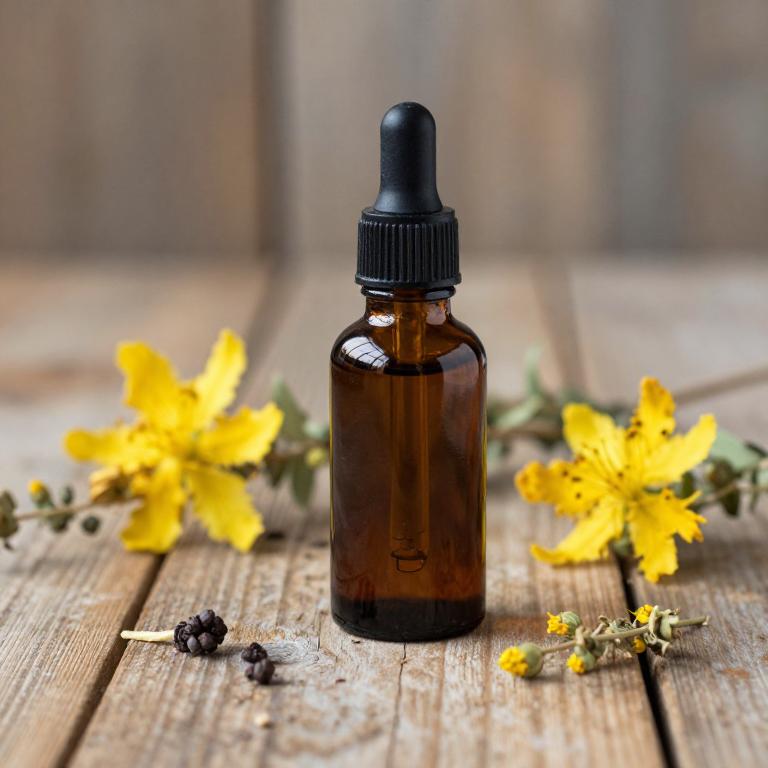
Hypericum perforatum, commonly known as St. John's Wort, is a traditional herbal remedy that has been used for centuries to address various health conditions, including lower back pain.
When prepared as a tincture, it offers a concentrated form of the plant's active compounds, such as hyperforin and hypericin, which are believed to have anti-inflammatory and analgesic properties. Some studies suggest that St. John's Wort may help reduce inflammation and nerve-related pain, making it a potential complementary therapy for lower back discomfort. However, it is important to note that while some individuals report relief from using hypericum perforatum tinctures, more rigorous clinical research is needed to confirm its efficacy and safety for this specific condition.
As with any herbal remedy, it is advisable to consult with a healthcare professional before incorporating it into a treatment plan for lower back pain.
5. Symphytum officinale
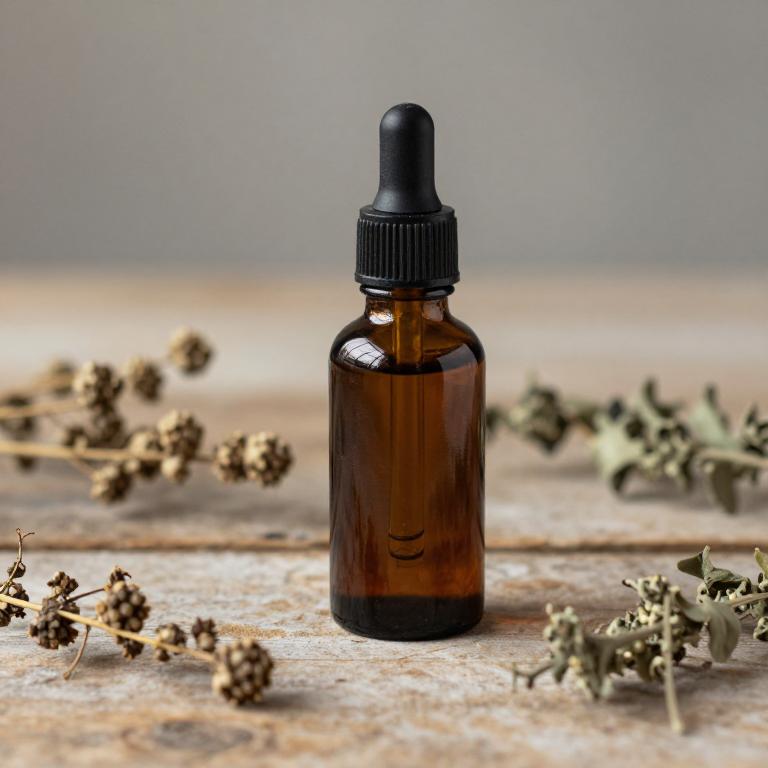
Symphytum officinale, commonly known as comfrey, is a traditional herbal remedy that has been used for centuries to support musculoskeletal health, particularly for lower back pain.
Its tinctures are typically prepared by soaking the roots in alcohol, which helps extract the plant's active compounds such as allantoin and rotenone. These compounds are believed to promote tissue repair and reduce inflammation, making the tincture potentially beneficial for individuals suffering from chronic lower back pain. However, due to the presence of pyrrolizidine alkaloids, which can be toxic to the liver, it is important to use comfrey tinctures with caution and under the guidance of a healthcare professional.
Despite these risks, some users report relief from pain and improved mobility when using Symphytum officinale tinctures as part of a holistic treatment plan.
6. Urtica dioica

Urtica dioica, commonly known as stinging nettle, has been traditionally used in herbal medicine for its anti-inflammatory and analgesic properties.
When prepared as a tincture, Urtica dioica can be taken internally to help alleviate symptoms of lower back pain by reducing inflammation and promoting muscle relaxation. The tincture is typically made by soaking the dried leaves in alcohol, allowing the active compounds such as flavonoids and phenolic acids to be extracted. Many users report a noticeable reduction in pain and improved mobility after consistent use of the tincture.
However, it is important to consult with a healthcare professional before starting any herbal treatment, especially if you have existing health conditions or are taking other medications.
7. Achillea millefolium
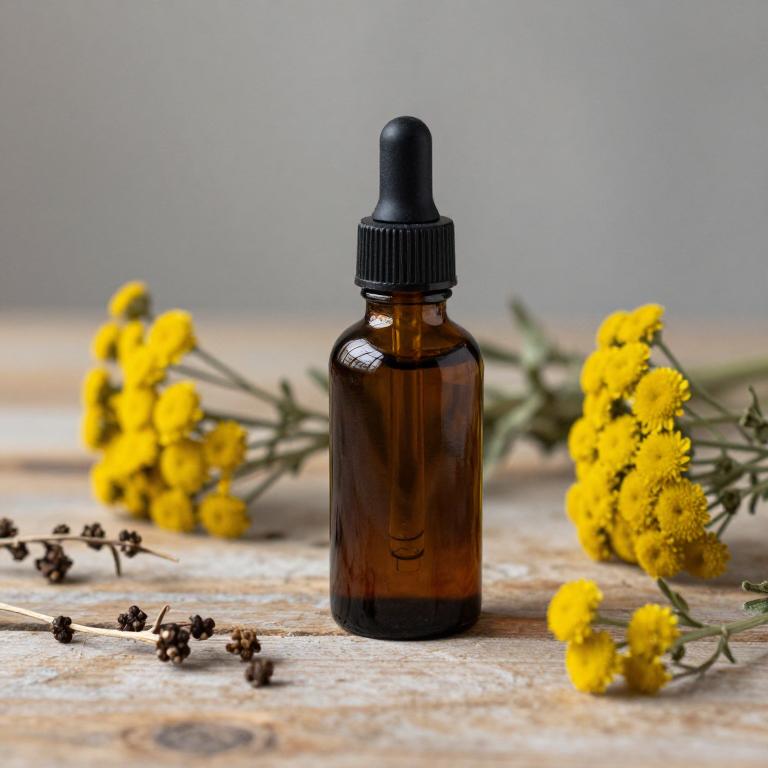
Achillea millefolium, commonly known as yarrow, has been traditionally used in herbal medicine for its anti-inflammatory and analgesic properties.
When prepared as a tincture, it may help alleviate lower back pain by reducing inflammation and soothing muscle tension. The active compounds in yarrow, such as flavonoids and essential oils, are believed to contribute to its pain-relieving effects. While some studies suggest potential benefits, more research is needed to fully understand its efficacy for chronic lower back pain.
As with any herbal remedy, it is advisable to consult a healthcare professional before use, especially if you are on other medications or have underlying health conditions.
8. Lavandula angustifolia
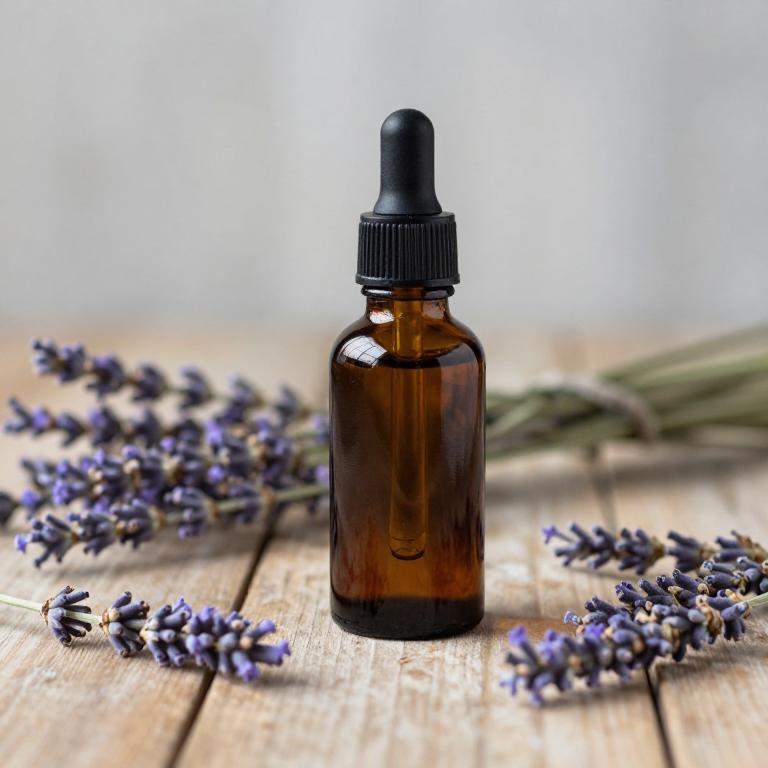
Lavandula angustifolia, commonly known as English lavender, has been traditionally used for its calming and analgesic properties.
Herbal tinctures made from this plant are often utilized to alleviate lower back pain due to their anti-inflammatory and muscle-relaxing effects. The active compounds in lavender, such as linalool and lavandulyl acetate, may help reduce inflammation and soothe muscle tension in the lower back area. When applied topically, lavender tinctures can provide localized relief and promote relaxation, making them a popular complementary therapy.
However, it is important to consult with a healthcare professional before using lavender tinctures, especially if you have existing medical conditions or are taking other medications.
9. Echinacea purpurea
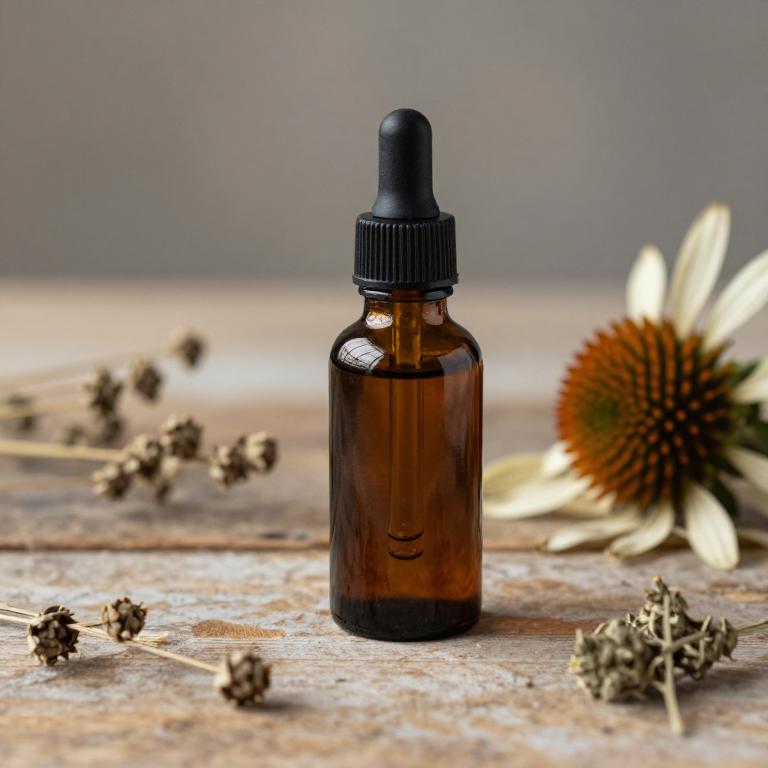
Echinacea purpurea, commonly known as purple coneflower, is traditionally used in herbal medicine for its immune-boosting properties, but recent studies suggest it may also offer relief for lower back pain.
As a tincture, echinacea purpurea is typically prepared by soaking the dried plant material in alcohol, which extracts its active compounds such as alkamides, caffeic acid, and flavonoids. These compounds are believed to possess anti-inflammatory and analgesic effects, which may help reduce pain and inflammation in the lower back. While some preliminary research supports its use for musculoskeletal conditions, more clinical trials are needed to confirm its efficacy for lower back pain specifically.
Nonetheless, echinacea purpurea tinctures are often used as a complementary therapy alongside conventional treatments for chronic lower back pain.
10. Thuja occidentalis
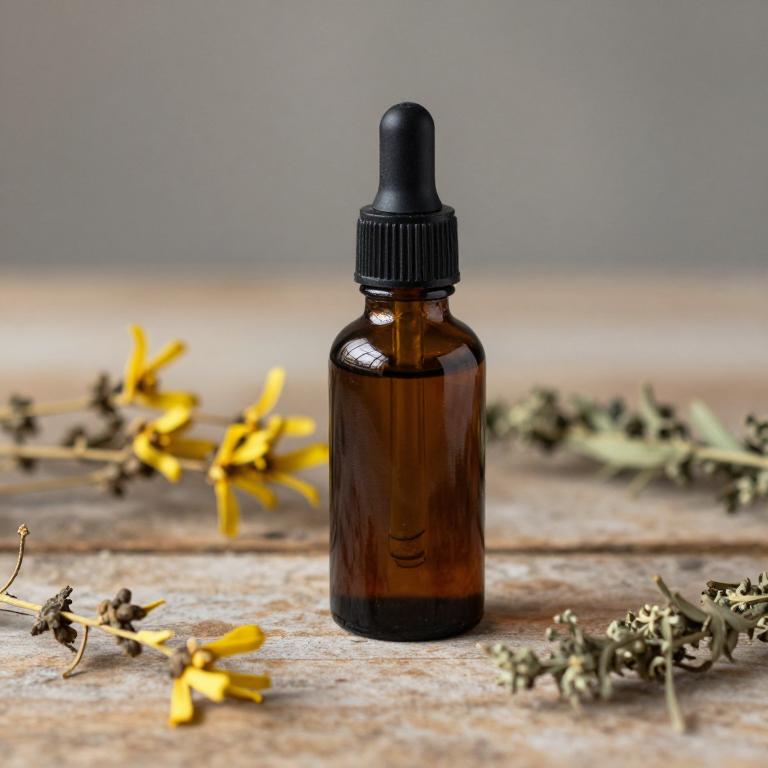
Thuja occidentalis, also known as eastern arborvitae, is a traditional herbal remedy that has been used for centuries in various medicinal systems.
Its tincture form is commonly prepared using alcohol as a solvent to extract the active compounds, which include essential oils and phytochemicals believed to have anti-inflammatory and analgesic properties. Some proponents suggest that Thuja tinctures may help alleviate lower back pain by reducing inflammation and improving circulation in the affected area. However, it is important to note that scientific evidence supporting its efficacy for this specific use is limited, and individuals should consult with a healthcare professional before using it as a treatment.
While some people may find relief from Thuja tinctures, they should not be used as a substitute for conventional medical care, especially for chronic or severe lower back pain.